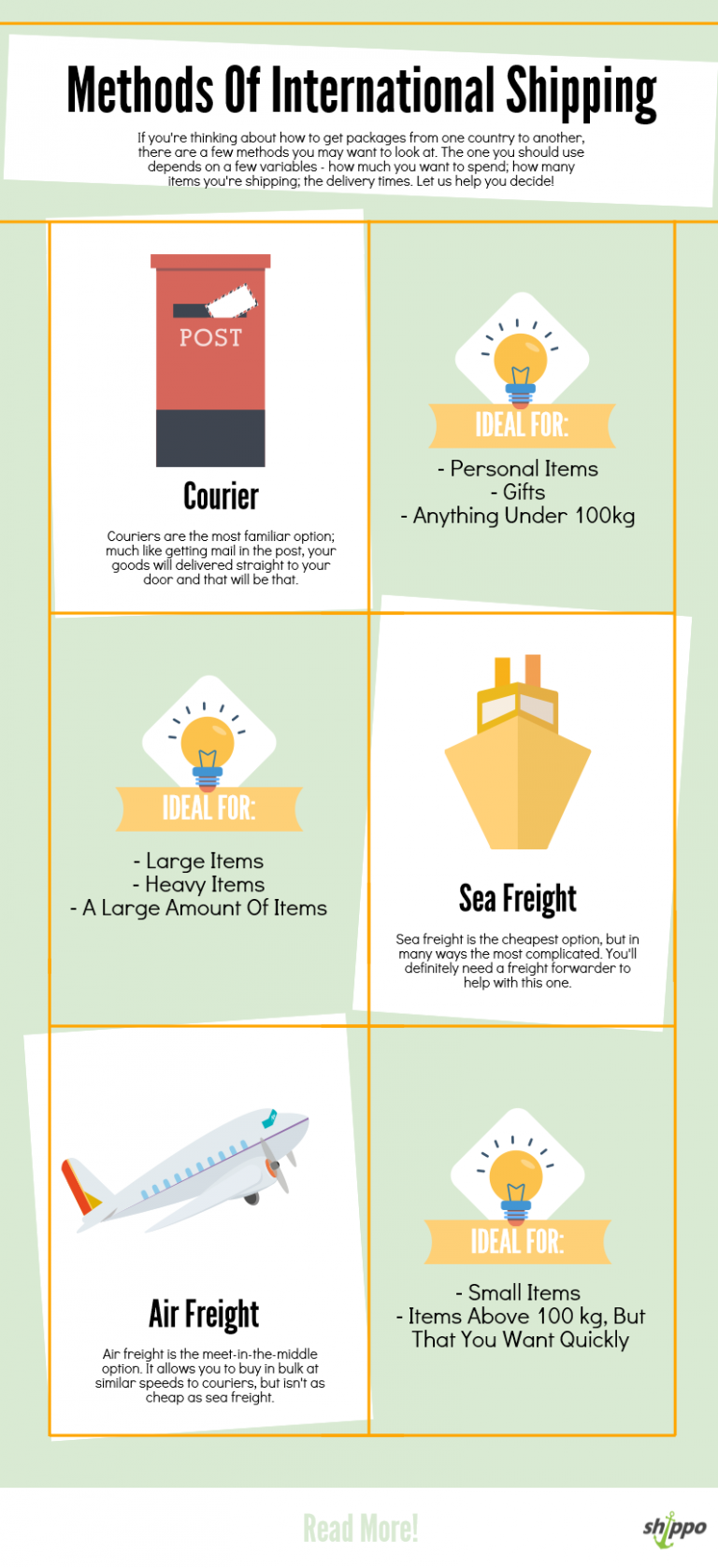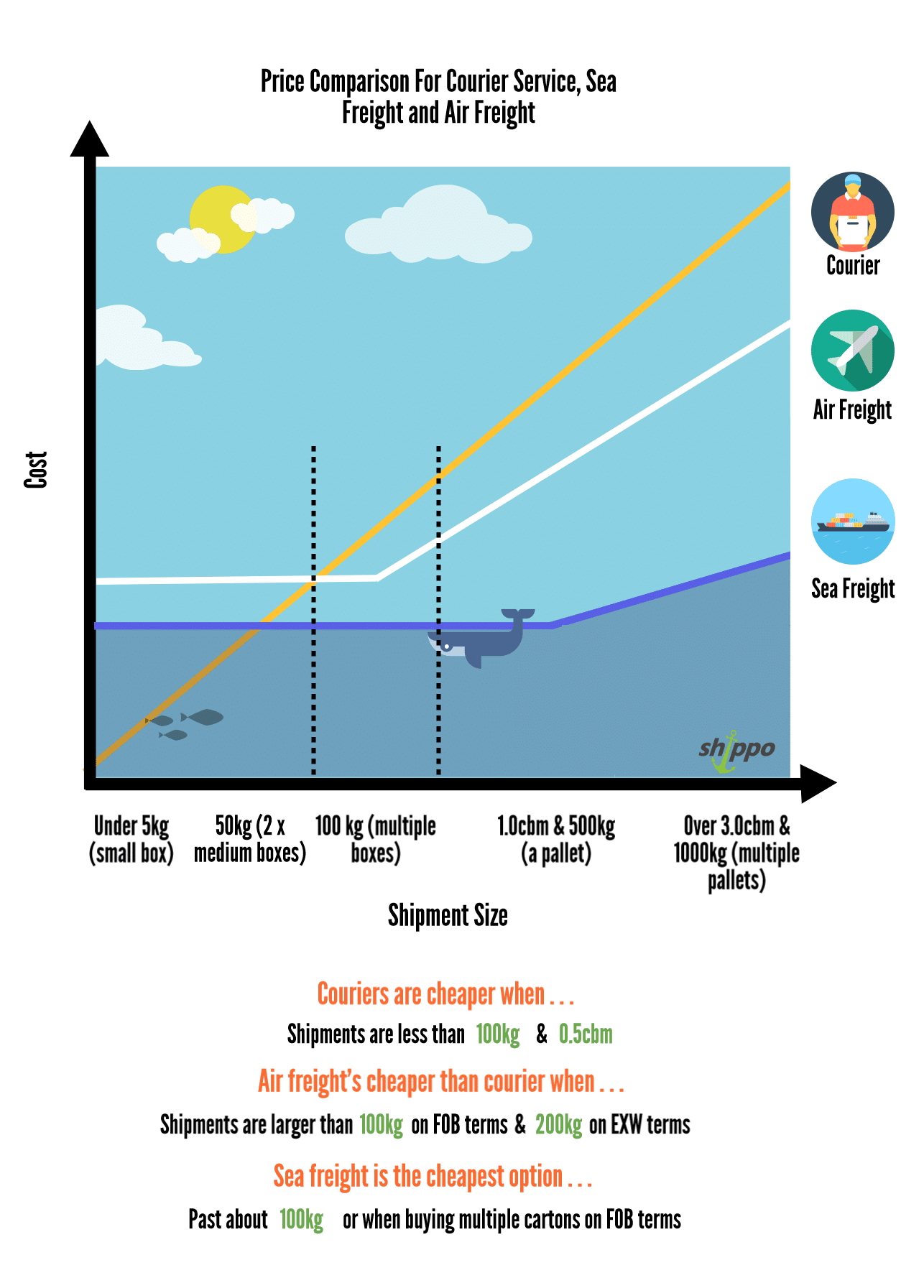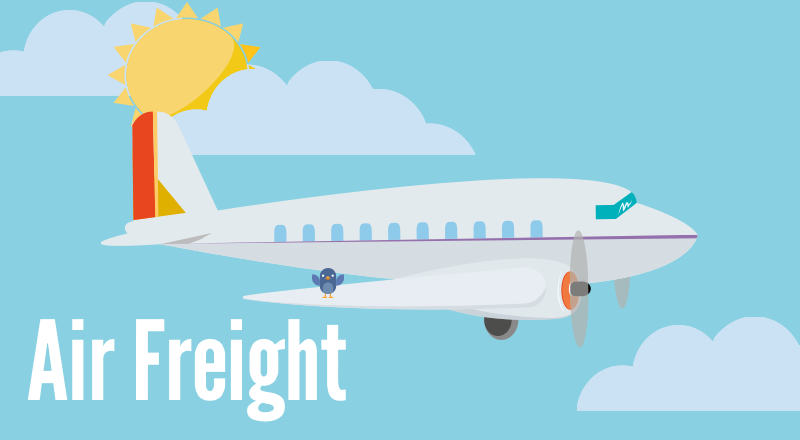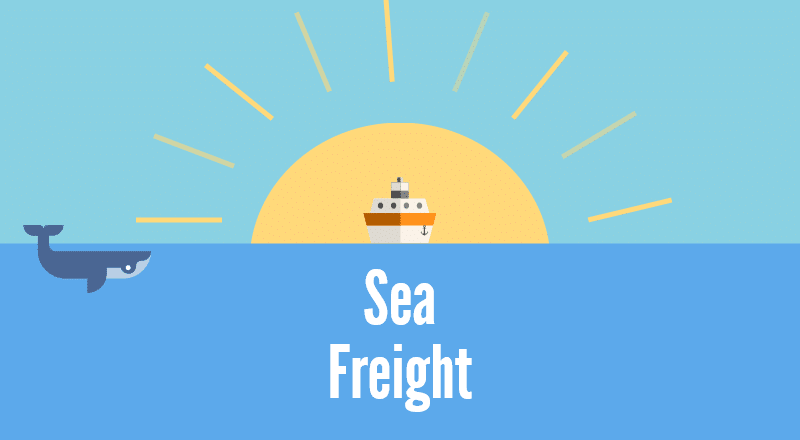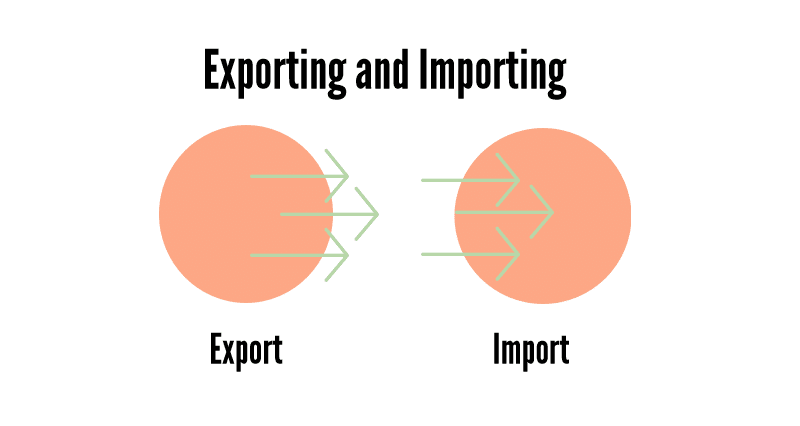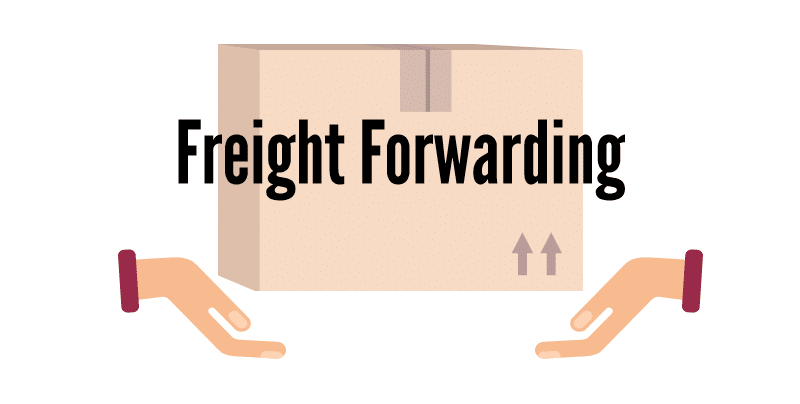-
International Shipping
If you want to ship a consignment internationally, there are a few options available to you. Planes, trains, boats and automobiles are all used to ship goods ✔️ between countries but different methods of postage suit different situations.
This post is going to help you understand everything about international shipping. We will guide you through choosing transportation to suit you – and share some tips on how to save you money!
How Do I Ship Internationally? (Methods Of Transportation)
There are many ways to get your goods shipped worldwide. Shipping via road or rail is often the best option for shipping to neighboring countries but what about if you need to import or export from further afield?
- Courier services – In all likelihood, these are the services you will be most familiar with. Companies like FedEx and UPS are couriers that deliver from door to door.
If you’re shipping a small quantity, you’re likely to use a courier service. (Personal items and gifts are examples of situations where courier services may be preferable.) - Air freight – Traditional air freight is a way to transport goods worldwide quickly by loading it on a plane and flying it to another country.
- Sea freight – Sea freight is often the cheapest method of global shipping – but it takes the longest amount of time. Sea freight is what we specialize in – although we can help with air freight too!
Which Method Should I Use?
There are a few things to take into consideration when choosing the best method to ship your goods. We’d say these are mainly:
- Price
- Size of goods
- How fast you need your goods
- Service
Price – A lot of people are just looking for the cheapest way to send packages overseas. If you can be flexible with things like delivery times, you can save big money as air freight/couriers can cost 4 times more than sea freight for a fairly large shipment.
Size of goods – For all types of overseas shipping, the size is largely what determines the price. Parcels over a certain size will make courier services and air freight far more expensive, whilst packages under a certain size (around 100kg and 0.5 cubic metres) will make paying for sea freight pointless.
How fast you need your goods – A large difference between these international shipping services is the shipping times. Sea freight can take 6-7 weeks from China, whereas courier services can be as fast as 3 days!
How easy you want the process to be – There are differences in services between these different methods. Courier services are easy to use and are delivered straight to your front door. Sea freight and Air freight can be simple although you’ll need to be sure that the company controlling your shipment (such as Shippo) know exactly what is required to get YOUR shipment cleared through customs and delivered quickly and efficiently.
Air Freight vs. Sea Freight vs. Courier Services
Here’s our simple guide to what’s (probably) the best option for you depending on your requirements:
Shippo; International Shipping Rates, trends
As a general rule of thumb, anything under 100kg (personal items, for example) is usually worth using a courier service for. If you’re importing or exporting a larger amount of goods that are small and high value – such as tablets or luxury watches – it’s usually more worthwhile to use an air freight service. Sea freight offers large savings, but is sea freight is generally more worthwhile for larger shipments. Although in this example sea freight still came out cheaper, the cost of the sea freight would have remained the same until 25 cartons – sea freight is generally more cost-effective for larger shipments.
Save
Save
Save
Save
Save
Save
Save
Save
Save
Save
Save
Save
Save
Save
Save
Save
Save
- Courier services – In all likelihood, these are the services you will be most familiar with. Companies like FedEx and UPS are couriers that deliver from door to door.
-
International Shipping Companies & Courier Services
Although we’ve mentioned international courier services, we haven’t actually in depth discussed their shipping services or shipping costs.
If you’re looking for cheap international courier companies, check these out:
- FedEx
- UPS
What Is An Overseas Courier Service?
Although we’ve already provided you with a brief overview of what a courier is, allow us to go a little more in depth. Essentially, a courier is the best way to emulate the normal shipping experience while going international – using a courier is an international delivery service. The courier takes charge of the process from door to door. Like receiving normal mail, couriers allow for your goods to be delivered straight to your door, or to the door of the person you’re sending the parcel to.
This method is easier than other modes of international cargo transportation. The courier will collect and deliver your cargo and contact the appropriate person to pay any duties or taxes due.
Pros and Cons Of Couriers
To help you decide whether an international courier parcel service, we’ve listed the pros and cons of using one.
Pros:
- Easy to use.
- Very Fast. Couriers are the quickest way to ship parcels worldwide.
- One-time costs and few surprise fees. The issue with moving goods via freight is that, on top of your original quote, you can end up with an invoice full of unexpected fees that can actually be more than the cost of the freight itself (which is why you use us, because we don’t believe in hidden fees)! Courier services generally don’t have hidden costs – so what they tell you you’re going to pay is what you’ll actually paying.
Cons:
- Compared to freight, couriers are far more expensive. This isn’t an issue if you’re shipping a box or two of personal effects, but if you’re shipping a large amount of goods then couriers are only the cheapest option for shipments under 100kg.
NOTE
If you are shipping a box or two of personal items, it is almost always better to move international packages using a courier service.The savings made with shipping via freight do not apply unless you’re buying in bulk and the service offered with freight is tailored for business-to-business as opposed to business-to-customer.Save
Save
Save
Save
Save
Save
Save
Save
Save
Save
Save
Save
Save
Save
Save
-
Air Freight
We’ve mentioned it a lot – now it’s time to explain it!
What is International Air Freight?
Air freight is a fast way to move bulk goods. Your products are loaded up onto a plane and flown to you or to your customer. Naturally, this is a much faster process than shipping via sea freight; however, there is much less space on an plane and weight is a factor. Due to this, the cost of air freight is calculated differently (moving a kilogram by air is substantially more than by sea) – which is why sea freight can often be a cheaper option.
How Are Air Freight Charges Calculated?
Air freight rates are based on either the actual gross weight or volumetric weight of a shipment, whichever is the greater.
This is due to the fact that the size of some items will take up a larger amount of space on an aircraft in relation to the actual weight of the item. For example, a 10kg box of pillows would be much larger and therefore take up more space than a 10kg box of nails.
Weight is 6 times more dominant in air freight than in sea. Multiply the dimensions of the boxes (in metres) together then divide that figure by 6. If this is larger than the actual weight then that’s the chargeable weight.
(Example: if you have 8 boxes, each 0.5m x 0.5m x 0.5m then the volumetric weight is 166kg – (8 x 0.5×0.5×0.5) / 6. If the boxes total 100kg then the chargeable weight is 166kg, if they total 200kg then the chargeable weight is 200kg)
Should I Use Air Or Sea Freight?
This is actually one of our FAQs! If you want a detailed answer on choosing sea or air freight, feel free to read our post – don’t worry, though, we’ll still give you a little overview below.
When deciding between air and sea freight, the three main things to take into account are:
- Price
- Size
- Delivery Time
Sea freight is generally between 4-6 times cheaper than air freight. If you are concerned with keeping your costs down, sea freight will appeal to you. When establishing the costs for a sea freight shipment, 1 cbm is equal to 1000kg, for air freight 6 cbm is equal to 1000kg. If you increase the weight of your cargo in sea freight, the likelihood of the price going up is low. If you are importing heavier cargo via air freight the cost difference between the two options will widen to much more than usual 4-6 fold.
When importing goods from China to the UK, time is often a factor. If you’ve got urgent stock requirements and you need your goods immediately air freight is the best option for you. On the other hand, if you order stock in advance and can wait up to 6 weeks then sea freight may be your choice. As shown in our Infographic, air freight can be as quick as 4 days from anywhere in China to anywhere in the UK, while Sea freight can be a much longer process.
Another consideration of yours could be ethical; if your company worries about their carbon footprint, sea freight is definitely the way forwards. In terms of CO2 emissions, sea freight emits 15g of CO2 per tonne of cargo moved a km, whilst air freight emits a massive 545g per tonne moved a km!
Save
Save
Save
Save
Save
Save
Save
Save
Save
Save
Save
Save
Save
Save
Save
Save
-
Sea Freight
Last but not least, we make it to our favourite of the freight forwarding services – sea freight!
If you can meet the minimums and you’re looking for cheap international shipping, sea freight is exactly what you want. (Even better – sea freight is what we provide more than anything else! So get in contact with us and let us help you!)
What is Sea Freight?
Sea freight is the movement of bulk goods via sea. Your goods are packed onto cargo ships and sailed across the world to their destinations. For this, you’ll definitely want a freight forwarder as we’re the ones that will make sure your goods are safe, keep you updated on their whereabouts, liaison with your suppliers, sort our your deliveries-
The point is: there are many steps in the process that we take care of for you.
As you can guess, sailing around the world is not a quick thing – in fact, sea freight is the slowest of the processes, normally taking over a month. However, the large savings can make it very much worth the wait.
How Are International Shipping Rates Calculated?
Sea freight costs are calculated by the volume or the weight (whichever is greatest). It’s normally the volume, which is why we need to know the dimensions of your shipment to get you a price. The industry uses the technical term “Weight or Measure” – often shortened to “w/m”. This means that 1.0 cubic metre (cbm) is equivalent to 1000kg. It’s rare that the weight is so heavy that it indicates the cost, but if your shipment was 2.0cbm and 2500kg then the weight is greater than the volume. If it were 2.5cbm and 2000kg, then the volume is greater so the freight rate would depend on that.
Can I Get A Shipping Quote
Why, of course you can! All you need to do fill in our Quick Quote form and we’ll send you your quote straight to your email.
If you want an international shipping quote, get in contact with us now!
Save
Save
Save
Save
Save
Save
Save
Save
Save
Save
Save
Save
Save
Save
Save
Save
Save
Save
Save
Save
Save
-
Import & Export
We keep mentioning importing and exporting, don’t we?
Import and export are the two different types of international shipping; importing is bringing goods into the country, while exporting is sending goods out of the country. A very successful business model that many of our customers benefit from is an import business; they import products from places like China and sell them over here. If you can source high quality products at reasonable prices, this is incredibly profitable.
There are different rules and regulations for importing and exporting goods that can affect the cost of your international shipping rates.
Note
Often, your additional charges (such as Duty and VAT) will not be added on to your shipping costs quotes. These can greatly increase the cost of shipping; whenever possible, ask your service provider for an inclusive quote, or estimate your extra charges.Importing
If you’re importing goods into the country, you’ll need to be aware of the extra charges you may incur. These include:
- UK Duties and Taxes
- Handling fees (depending on what service you use)
- Customs clearance
We’re experts on importing, so if there’s anything you want to know just have a nosy around our blog or, even better, ask us!
Do You Have A Duty And VAT Calculator?
Why yes we do! We have a completely free to use Duty and VAT calculator that you can use to help you estimate your final costs.
Exporting
Exporting comes with a whole host of regulations you’ll need to fulfill too . . . but we’ll save that for another post. Here’s a brief overview:
“Many documents required for export are generic, like:
- Export invoices – containing a detailed description of your goods and the correct commodity code
- Standard transport documents – the carrier’s receipt for the goods with details of the contract of carriage and routing
- Dangerous goods notes – if your products are hazardous
- Export licenses – not always needed, but worth knowing about
If you need support with local export laws talk to UK Trade & Investment (UKTI). Common sense will go a long way in planning the initial transport logistics of your exports. Think through the journey of your product, and consider every eventuality. If you’re using freight services only use companies with a good reputation and always get insurance.” – 5 Things You Should Know Before Exporting, Cbonline.co.uk
Save
Save
Save
Save
Save
Save
Save
Save
Save
Save
Save
Save
Save
Save
Save
Save
Save
-
What Is Freight Forwarding?
If this is your first time shipping internationally, it is likely you won’t be aware of what logistics freight forwarding is. Freight forwarding is the movement of bulk amounts of goods. Freight forwarders are:
“A freight forwarder is an agent who acts on behalf of importers, exporters or other companies to organise the safe, efficient and cost-effective transportation of goods. … In some cases, the freight forwarding company itself provides the service.” – Prospects.ac.uk
Essentially, we’re the people that take the hassle out of importing. We’d generally only recommend using us if you’re importing or exporting goods commercially – so if you want to ship a couple of presents for Christmas we’re generally not the people for you. (But, don’t worry – we’ve made a list of people below in the International Shipping Companies & Courier Services section that are perfect for helping you out.)
If you have a large shipment of goods moving globally, however, we are definitely the people for you!
Shippo; international shipping by sea, trends
Save
Save
Save
Save
Save
Save
Save
Save
Save
Save
Save
Save
We hope you found this post informative and helpful – if you did, follow us on Twitter for more updates!
3 Methods Of International Shipping – Which One Is Right For You?
There are many reasons you may want to ship internationally – you may want to send gifts to people in other countries, import start-up stock for your business, sell your goods worldwide or any other number of reasons! Regardless of why you’re looking into importing or exporting, here are your options for shipping !
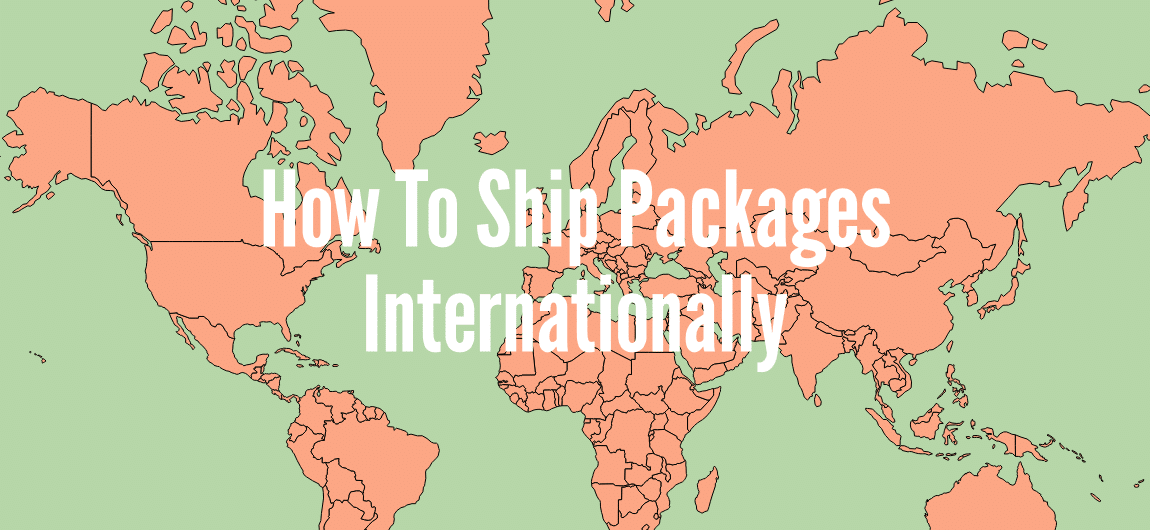
Save
Save
Save
Save
